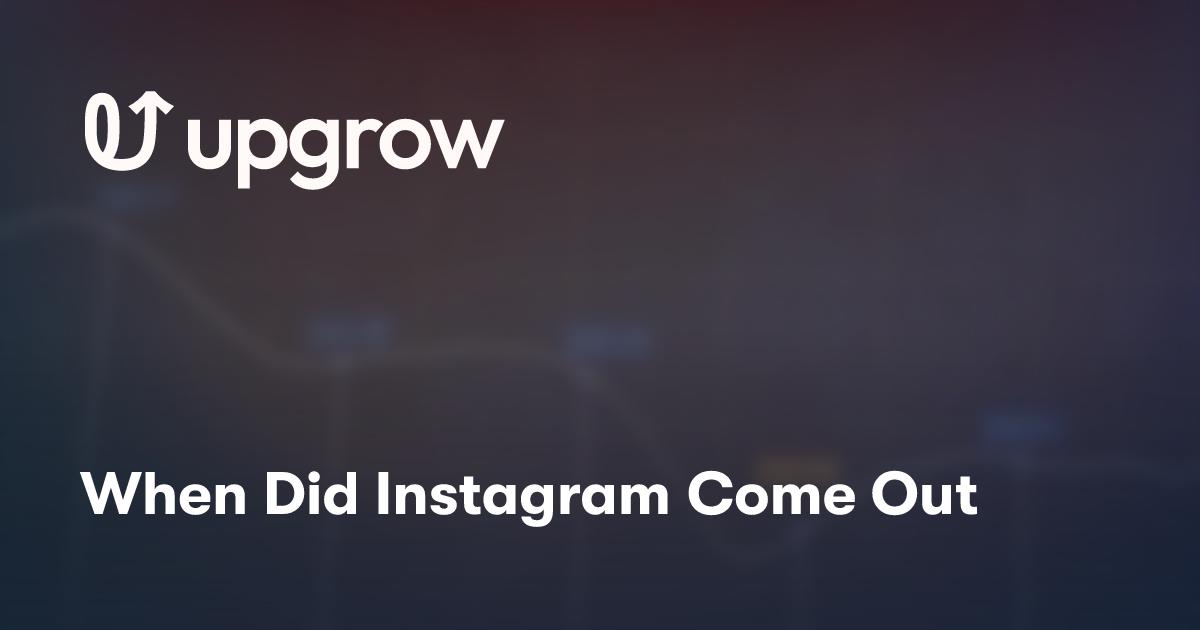
Instagram, a groundbreaking photo and video-sharing app, burst onto the scene on October 6, 2010. Created by Kevin Systrom and Mike Krieger, Instagram quickly gained traction for its simplicity and engaging user experience. This platform offered a fresh way to share moments through visually stunning content, attracting millions of users within just a few years.
By 2012, Instagram's potential couldn't be ignored, leading to its acquisition by Facebook for a staggering $1 billion. The app's popularity soared further with the release of an Android version, expanding its reach and solidifying its place in social media history. Today, Instagram boasts over one billion users, making it a monumental force in digital communication and culture.
Whether you're a longtime user or a curious newcomer, understanding Instagram's origins helps appreciate its evolution and enduring appeal in the world of social media.
Instagram's Origins and Founders
Instagram's origin story starts with the initial concept of a photo-sharing app that quickly evolved into what we know today. The early development involved two key figures whose vision and collaboration were pivotal in launching the platform.
The Initial Idea and Burbn
The idea for Instagram began with a different app named Burbn. Kevin Systrom, a Stanford graduate, initially developed Burbn as a location-based app that incorporated elements of checking in and earning points, similar to Foursquare.
Despite a modest start, Systrom realized that Burbn’s photo-sharing feature attracted significant user engagement.
In early 2010, Systrom managed to secure $500,000 in seed funding from Baseline Ventures and Andreessen Horowitz. This financial support allowed him to focus on honing the app's photo-sharing capabilities. By the summer of 2010, the app was rebranded and restructured solely around photo sharing, laying the groundwork for Instagram.



